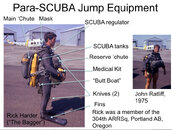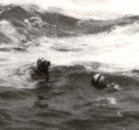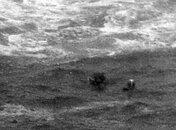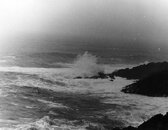Huh?
I've seen quite a few hoods in my time (and I have three myself), but none at all with a zipper at the back. It seems as a pretty lousy idea if the point of wearing a hood is to keep your head warm.
I had a hood with a zipper in the back--a Whites Heat. It was an excellent hood. It had pleated material underneath it, similar to zippers on sleeves and legs of wet suits, so all it did was make it a little easier to put it on. It was very warm.
That material would not allow you to adjust a mask strap if you unzipped it, though.








